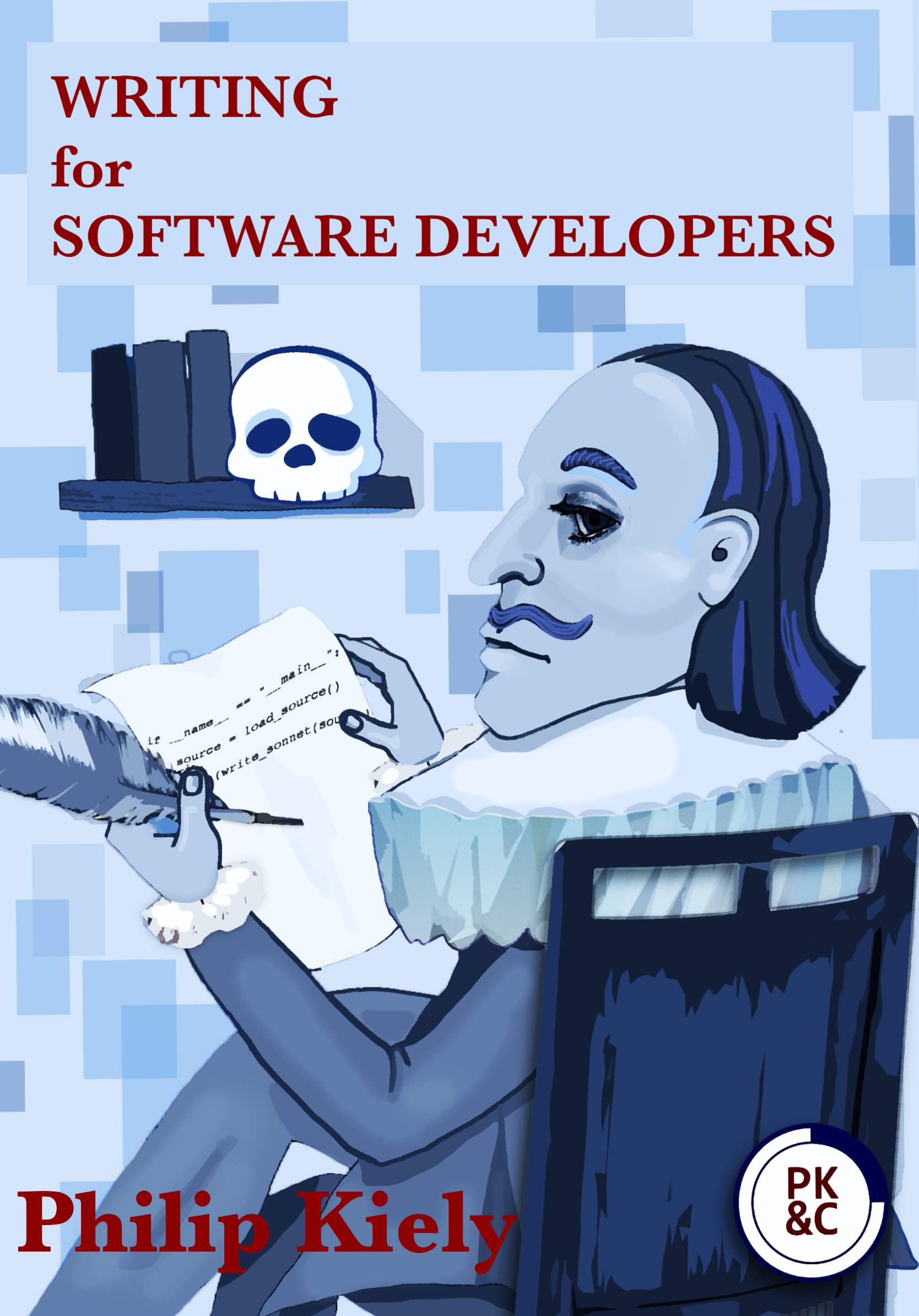Martial arts defines the way I interface with the world [0]. Even though I haven't taken a formal class for three months, I still identify as a martial artist. Even though I haven't formally studied TaeKwonDo for three years, I'm still a black belt in the art. Like Spiderman, I have great power and great responsibility, and martial arts teaches how to develop both.
When kicking, the most important factors are, in order, accuracy then speed then power. If you can't kick the right target, no amount of speed or power can compensate, in fact, they can make it worse. When I was actively practicing TaeKwonDo, I could kick a business card out of someone's fingers at eye level without hitting their hand. Speed is essential because the target is generally moving and kicking leaves you exposed, requiring quick recovery. With the control from my accuracy, I could spar at full speed without hurting my partner, and fractions of a second determined who scored points. Power is least important because any somewhat practiced martial artist will be able to deliver harder strikes than they can withstand by a wide margin. Generally, a fast, accurate kick will have sufficient power to enact its desired effect. I can break a two or three inch thick board of sufficiently braced pine, but so can most people of my size and strength.
Similarly, when writing, accuracy then speed then power are important. Writing precisely what I mean is difficult and I usually fall short of achieving it, except for when I'm writing about specific technology. Speed, in terms of the reader's understanding, is essential to my technical writing, while a mystery writer might spread understanding throughout a novel. Through association, speed becomes quick and quick becomes clever, reinforcing the refrain to be clear first and clever second. Similarly to a kick, any clear, precise writing will be impactful, though maximum force is only achieved through practice.
Martial arts isn't everything, everything is martial arts. I learned this from Bruce Lee, the most iconic and influential martial artist of all time. His filmography is rather limited due to his untimely death, but his leading roles still define martial arts filmmaking. I admire him for his physical prowess and approach to training. He took a holistic approach to martial arts and pioneered advances in training methods, demonstration techniques, and blending styles.
Style has a triple meaning in martial arts. There are dozens of styles of martial arts, for example, TaeKwonDo and Brazilian Jiu Jitsu are different martial arts, or different styles. Within TaeKwonDo, there are the ITF, WTF, and ATF governing bodies, along with numerous smaller organizations and unaffiliated schools, each of which is a style. Finally, each individual practitioner develops their own style informed by their physical abilities and interests. Individual and school style can translate across disciplines, for example, my boxing style is very long-range and footwork based thanks to TaeKwonDo.
Lee cut this knot by describing the "style of no style." His martial arts combined multiple influences into "Jeet Kune Do" or "The Way of the Intercepting Fist," though his later statements on style resisted even his own definition. He said "There's no such thing as style if you understand the roots of combat" [1]. He also emphasized the role of the individual's dedication to training, both mental and physical. Specifically, he resisted the national connotations of various styles, focusing on the similarities between all martial arts. To Lee, everyone practiced a different art, thus everyone practiced the same art: the practice itself is the art.
Lee's most famous quote reads "You must be shapeless, formless, like water. When you pour water in a cup, it becomes the cup. When you pour water in a bottle, it becomes the bottle. When you pour water in a teapot, it becomes the teapot. Water can drip and it can crash. Become like water my friend." [ 2]. Lee's perception of art survives the changing of language, content, and context because the style is not the substance.
To be honest, I don't know how to write in the style of no style. I suppose it allows me to ignore the constraints of genre, writing a poem and a piece of documentation in exactly the same unfiltered voice, to pour the same water into each vessel. Any writing simultaneously upholds and fails the style of no style, all that I can work towards is failing well.
[0] https://philipkiely.com/essays/black-belt-white-belt.html
[1] https://books.google.com/books?id=yE1HsGFasGYC&q=style#v=snippet&q=style&f=false
[2] https://www.goodreads.com/quotes/163198-you-must-be-shapeless-formless-like-water-when-you-pour
